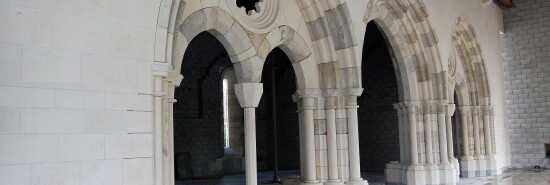
Trad and tankie reactionaries would not have survived long as Medieval peasants
Tiana Lowe
Video Embed
The horseshoe theory of political science holds that the radical Left and Right both tend to agree on obvious falsehoods — for example, the idiotic notion that capitalism has made us poorer. The latest result of this phenomenon is a new, imbecilic meme inverting this economic delusion, which both trad and tankie Twitter accounts alike are wholeheartedly embracing.
Before we get into the medical, technological, and legal realities of the Middle Ages, let us debunk the immediate case about “vacations” made by both accounts. The data I cite will refer to Western Europe in the late Middle Ages.
IS DONALD TRUMP THE LUCKIEST MAN ALIVE?
For starters, the author of the study referenced by Dungey, Gregory Clark, has since amended his estimate for the number of days explicitly worked by medieval peasants to 300 days a year. In contrast, the average American works 260 days per year on top of paid vacation, not including the paid vacation time and paid sick leave enjoyed by four in five private industry employees. So even the basic, central fact in this meme is incorrect.
In addition, “retirement,” as a concept, did not exist at that time. Between savings and unsustainable government programs, modern Americans expect to finance a retirement of 18 years. Previously, retirement did not exist. Although wealthy medieval widows — almost always members of nobility — occasionally retired to abbeys, the biological imperative for retirement simply did not exist because, in most cases, people died too early. Men who managed to reach age 20 had an average life expectancy of another 25 years, taking them to what we consider middle-aged. Women who reached 20, however, could only expect to live half as long thanks to the dangers of childbirth, which obviously had none of the sanitation or pain amelioration that we have today.
Did medieval peasants really have bigger homes and better food than we do today? The British magazine Current Archaeology proved that peasant homes grew relatively spacious, but there was a price — this occurred after the Black Death killed a third of Europe’s population. Peasant homes prior to the plague were tiny, with an entire family sharing one room, separate from the animals if they were lucky. Considering that glass windows were not used for any homes and bricks and stone were reserved for the nobility, these pre-plague medieval peasant homes made mostly of straw, sticks, and timber did not survive long.
A chemical analysis by University of Bristol scientists found that Medieval peasants subsisted on stews made of beef or mutton and vegetables such as cabbage and leek. Although peasants also had some type of bread and a type of “green” cheese, spices and sugars would have been reserved for the nobility.
Medieval taxation varied according to the waxing and waning of wars. Although peasants did revolt over various taxes, the most significant tax victory came in the form of the Magna Carta, the origin of our own government’s opposition to taxation without representation.
CLICK HERE TO READ MORE FROM THE WASHINGTON EXAMINER
Of course, such abstractions as “free speech” and the equal rights of women, minorities, serfs, and slaves to landowning, noble, white men would have been considered delusions at best, perhaps even treasonous threats against the king or the Catholic Church.
In sum, it is safe to say neither the Twitter tankie nor traditionalist would have enjoyed living as a Medieval peasant.
